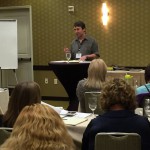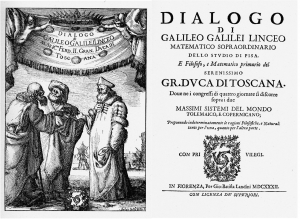
I had the pleasure of speaking at Roy Stevenson’s recent Travel Writing Marketing Workshop. I’m including below a guest blog post from Roy about how to market your travel stories, including some very helpful books and articles:
The majority of travel writers struggle with marketing and selling their articles to print publications. Most of us just want to write, but the stark reality of travel writing is that if you can’t sell your stories, you don’t get to write them.
My PitchTravelWrite.com books address this dilemma by presenting travel writers with a suite of manuals and guides that show exactly how to go about pitching, querying, and selling your stories to travel editors.
- The Complete Guide To Query Letters For Travel Writers
Everything you need to know to craft compelling query letters. Includes 20 sample query letters that were actually used successfully to get assignments.
- 100 Print Magazines That Want To Publish Your Travel Articles
Save yourself hundreds of hours of time and accelerate your travel writing career with this travel magazine distribution list.
- Fifty Websites That Want To Publish Your Travel Stories
50+ quality travel websites, along with ten pages of advice on getting published online.
- How To Land Press Trips And Fam Tours
How to leverage travel assignments for free or discounted travel, meals, tours, accommodations, and entry to museums and tourist attractions.
- How To Break Into The Luxury Travel Writing Market
Break into the luxury travel market faster because you’ll know how to do it right. This 130-page book includes a listing of 55 print magazines and 21 travel websites that publish luxury articles – sales leads that will save you time and get your story ideas out to editors faster.
- The Complete Guide To Marketing And Selling Your Travel Articles
Everything you need to know to sell your travel articles: how to select story ideas that are enticing to editors, how to pitch your ideas the right way, how to find magazines that will be interested, and much more.
Please feel free to check out these guides and manuals at:
http://www.pitchtravelwrite.com/digital-downloads.html
While you’re at my website, please sign up for my free weekly freelance marketing eZine. If you haven’t signed up for it yet, you’re really missing out on solid, actionable advice about selling and marketing your travel stories and landing press trips. And you’ll get insider discounts on my eBooks, coaching, and upcoming workshops. Please sign up here:
 The Writer's Workshop
The Writer's Workshop 












